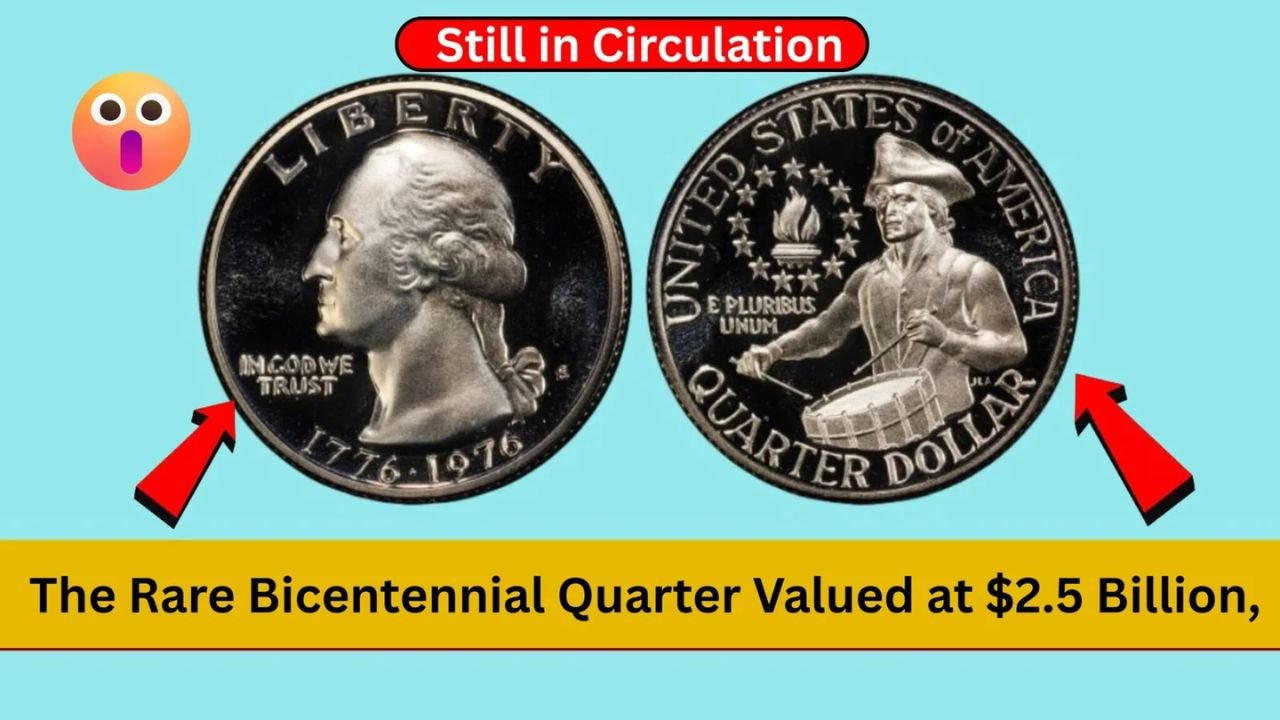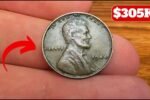The Lincoln Wheat Penny continues to fascinate coin collectors and history enthusiasts across America. With reports surfacing that a rare version of this penny could be worth nearly $4 billion, interest in this humble copper coin has exploded. Could one of these valuable coins still be circulating in spare change or hidden away in an old drawer? Let’s dive into the facts, legends, and potential fortune behind the iconic Lincoln Wheat Penny.
Tata Sumo Gold 2025: The Iconic SUV Returns with a Bold New Look and Power-Packed Features
The Iconic Lincoln Wheat Penny
First minted in 1909 to commemorate the 100th birthday of President Abraham Lincoln, the Lincoln Wheat Penny holds the honor of being the first U.S. coin to feature a real person. Designed by Victor David Brenner, the coin displays Lincoln’s profile on the obverse and two stylized wheat stalks on the reverse. This design gave the coin its nickname: the “Wheat Penny.”
Crafted primarily from 95% copper and 5% tin and zinc, these pennies were produced from 1909 to 1958. During this span, they became a staple of American pocket change and a lasting symbol of craftsmanship, history, and patriotism.
The 1943 Bronze Error: A $4 Billion Mystery
The Lincoln Wheat Penny’s claim to fame today is largely due to a very rare 1943 bronze error version. In 1943, the U.S. Mint switched from copper to zinc-coated steel to conserve copper for World War II efforts. However, a few bronze blanks from 1942 were mistakenly used, resulting in extremely rare 1943 bronze Wheat Pennies.
These accidental coins are incredibly scarce — and immensely valuable. While rumors of a $4 billion price tag may be exaggerated, verified sales of these coins have reached into the millions. Still, the idea that one could be hiding in everyday circulation adds to the excitement.
Why Collectors Love the Lincoln Wheat Penny
The Lincoln Wheat Penny is more than just an old coin. It’s a piece of American history. Coin collectors value it for several reasons:
- Historical significance
- Classic design
- High-quality engraving
- Durability and longevity
Even after more than a century, many of these coins still retain their sharp design details and solid weight — qualities that have kept them popular among collectors.
Also Read – The King is Back! Yamaha RX 125 Launching Soon with Retro Vibes
What to Look for: Rare Variants and High-Value Years
Not all Lincoln Wheat Pennies are created equal. Here are a few to keep an eye out for:
- 1909-S VDB: One of the rarest variants. Can fetch $700 to $2,000+ depending on condition.
- 1943 Bronze Wheat Penny: Ultra-rare error coin. Estimated value ranges from millions to a rumored $4 billion.
- Common Wheat Pennies (1930s–1950s): Usually valued between $0.10 to $5.
Could One Still Be in Circulation?
It’s entirely possible that a Lincoln Wheat Penny — even a valuable one — could still be in circulation. Many families have old jars of coins, piggy banks, or boxes of forgotten change that may contain these treasures. The key is to check the date, weight, and appearance. If you come across a 1943 penny that’s brownish (indicating bronze), not silver-colored (steel), get it authenticated immediately.
How to Authenticate a Rare Lincoln Wheat Penny
If you think you’ve found a valuable Lincoln Wheat Penny, it’s crucial to have it evaluated by professionals. Services like PCGS (Professional Coin Grading Service) and NGC (Numismatic Guaranty Company) offer authentication, grading, and encapsulation — giving your coin the credibility and protection it needs.
FAQs About the Lincoln Wheat Penny
Q: What makes the 1943 Bronze Penny so valuable?
A: It’s an error coin made from leftover bronze blanks when all 1943 pennies were supposed to be steel.
Q: How can I tell if my 1943 penny is bronze?
A: Bronze pennies will not stick to a magnet. A magnetic test is a quick way to start.
Q: Are all Wheat Pennies valuable?
A: Not all. Most are worth only a few cents unless they’re from a rare year or in exceptional condition.
Q: Where should I look for rare coins?
A: Check old jars, inherited coin collections, antique shops, and even your current change.
Q: Can these coins really still be in circulation?
A: Yes, though rare, some valuable coins occasionally resurface in circulation.
Final Thoughts: Is It Time to Check Your Pennies?
The Lincoln Wheat Penny isn’t just a coin — it’s a collectible legacy that links the past to the present. The thrill of possibly discovering a rare penny in your pocket change is very real, especially when some versions have sold for millions. While the $4 billion valuation may be myth more than fact, there’s no doubt that the 1943 bronze Lincoln Wheat Penny is one of the most valuable and desirable coins in U.S. history.
So next time you come across a penny, don’t toss it aside. It might just be a hidden gem — and perhaps your lucky ticket to a life-changing discovery.
Bajaj Pulsar NS 200: Power-Packed Performance Meets Aggressive Style in the 2025 Edition
Some Important Link
| Telegram Group | Click Here |
| WhatsApp Group | Click Here |
| Home Page | Click Here |




